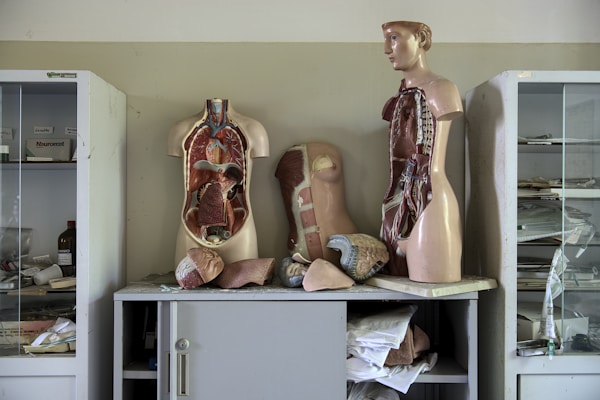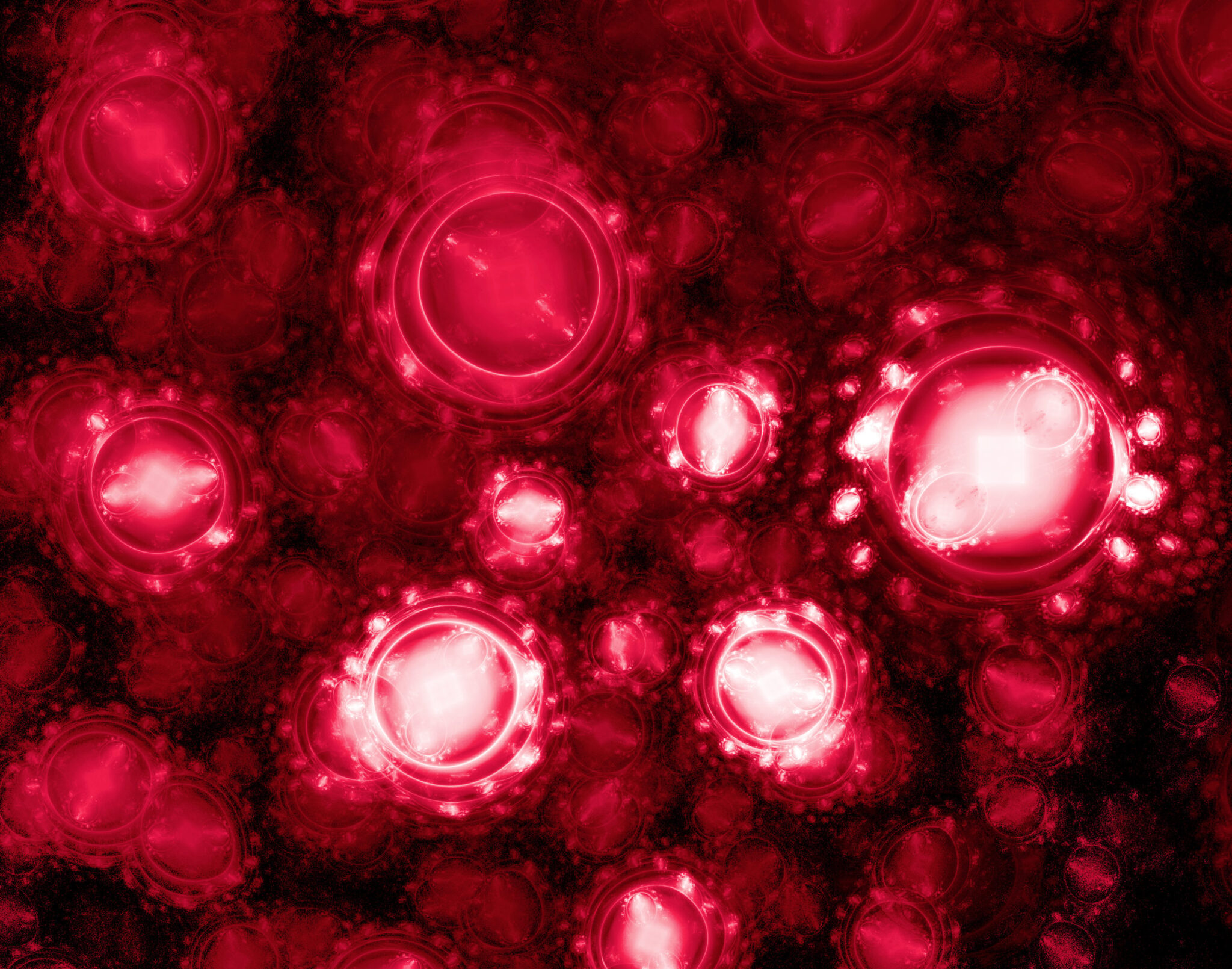Nicotinamide adenine dinucleotide (NAD) is a coenzyme found in all living cells that play a crucial role in metabolism. NAD is essential for the production of energy, the regulation of gene expression, and a variety of other biochemical reactions. Keep reading to learn more about what is NAD?
What is nicotinamide adenine dinucleotide?

Nicotinamide adenine dinucleotide, or NAD, comprises two nucleotides, adenine, and nicotinamide, bonded together through a phosphodiester linkage. Nicotinamide is an amide of nicotinic acid, also known as niacin or vitamin B3, and is derived from dietary sources.
NAD is found in two forms, NAD+ and NADH. NAD+ is the oxidized form of the coenzyme, while NADH is the reduced form. The ratio of NAD+ to NADH is an important indicator of cellular metabolic activity. In some cases, NAD+ is used to drive the redox reactions, while NADH stores the energy produced by these reactions.
In cellular metabolism, NAD is essential for several reasons. It helps transfer electrons from metabolic reactions to the electron transport chain, the final step in cellular respiration. This process is what produces the majority of the energy cells need to function. NAD is also involved in glycolysis, which is the breakdown of glucose and other sugars to produce energy, in addition to its role in the metabolism of fatty acids and amino acids. NAD is also essential for DNA repair. It helps to repair damaged DNA strands by acting as an electron donor. This helps to maintain the integrity of the genetic material, thus ensuring the proper functioning of the cell.
Lastly, NAD plays a role in the regulation of gene expression. NAD+ levels can affect the activity of certain transcription factors, which are proteins that control gene expression. For example, NAD+ levels can affect the activity of sirtuins, which are proteins that can either activate or deactivate specific genes.
NAD is an essential cofactor in a wide range of metabolic reactions. As such, it’s a crucial molecule necessary for the functioning of all living cells.
What is the role of NAD and NADH in the body?

The role of NAD and NADH in the body is pivotal for many essential functions. NAD and NADH (reduced form of NAD) are coenzymes involved in many metabolic processes, including the Krebs cycle and the electron transport chain.
Functionally, NAD and NADH are critical regulators of cellular metabolism, playing a role in the reduction and oxidation (redox) of molecules. NAD acts as an oxidizing agent, while NADH acts as a reductant, meaning it can transfer electrons from one molecule to another. This process is essential for cell respiration, which is the process that produces energy for the cell.
NAD and NADH are integral to the Krebs Cycle and the electron transport chain (ETC). In the Krebs cycle, NAD and NADH are involved in the oxidation-reduction reactions that take place during the cycle. During the cycle, NAD and NADH act as electron carriers, transferring electrons from one reaction to the next. The NAD accepts electrons during the oxidative steps, while the NADH donates electrons during the reductive steps. In this way, NAD and NADH act as a shuttle, carrying electrons from one reaction to the next.
NADH and FADH2, flavin adenine dinucleotide, in the electron transport chain, both donate electrons. In the ETC, NADH and FADH2 transfer their electrons to a series of electron carriers (e.g., cytochromes), which eventually transfer the electrons to oxygen. This process is known as oxidative phosphorylation, the primary source of ATP production in cells.
NAD and NADH are essential coenzymes with many important bodily roles. They regulate gene expression, DNA repair, energy metabolism, and the immune system, making them necessary for proper health and functioning. Therefore, it’s vital to ensure adequate levels of NAD and NADH in the body to maintain good health. Without it, cellular processes would be severely impaired.




